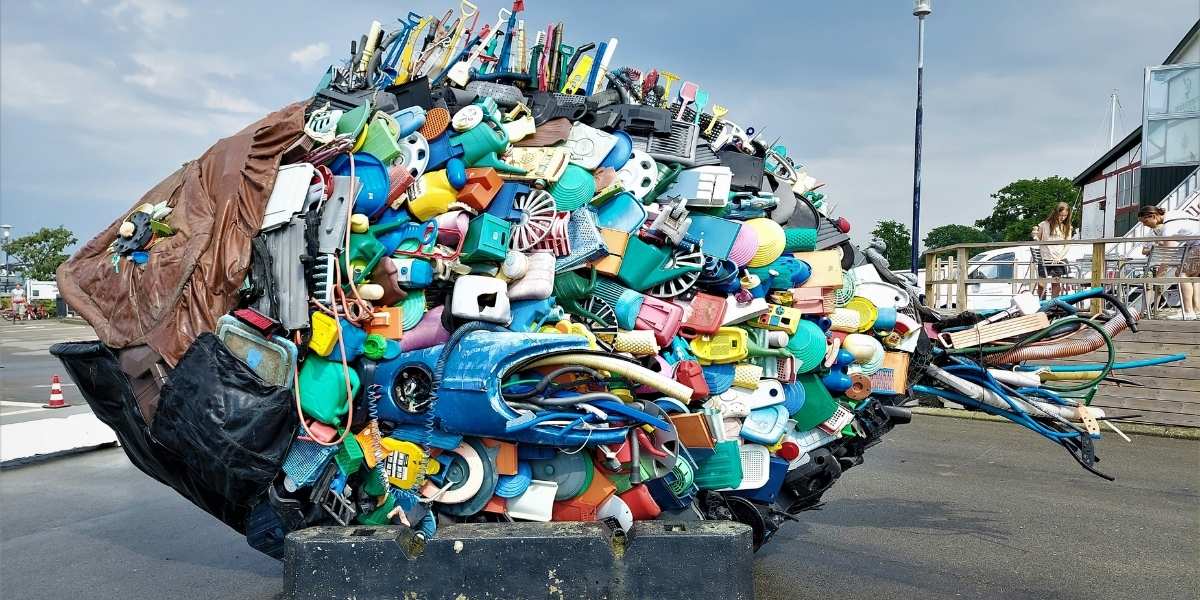The world of visual arts is vast, but few forms carry the same timeless presence as sculpture. This three-dimensional art form has influenced civilizations for centuries, serving as a medium for expression, storytelling, and cultural preservation. Whether carved from marble, molded in clay, or cast in bronze, sculpture stands as a testament to human creativity and technical mastery.
Read Also: Tennessee’s Film Industry: An Emerging Hub for Filmmakers
What Defines a Sculpture in Visual Arts?
Unlike paintings or photographs, which exist on a two-dimensional plane, sculpture occupies space and interacts with its surroundings. It can be observed from multiple angles, changing its visual impact depending on light, placement, and perspective.
Artists use a range of materials, including stone, wood, metal, glass, and contemporary synthetic compounds, to bring their visions to life. Each medium requires a distinct set of skills, influencing how forms are shaped, textured, and finished.
How Has Sculpture Evolved Over Time?
The origins of sculpture can be traced back thousands of years, reflecting the artistic and cultural priorities of different civilizations. Early sculptures served religious and ceremonial purposes, while modern creations often explore abstract ideas and social commentary.
- Ancient Sculpture: Early civilizations such as the Egyptians, Greeks, and Romans created monumental works that symbolized power, mythology, and spirituality.
- Renaissance Influence: The 15th and 16th centuries saw a revival of classical techniques, with artists like Michelangelo pushing the boundaries of realism and anatomical precision.
- Modern Movements: The 20th century introduced experimental materials and techniques, leading to the rise of abstract, kinetic, and conceptual sculptures.
Over time, sculpture transitioned from rigid traditions to an open-ended exploration of space, form, and meaning.
What Are the Main Techniques Used in Sculpture?
The creation of sculpture involves several distinct processes, each requiring careful planning and execution. The technique chosen often depends on the artist’s materials and desired outcome.
- Carving: A subtractive process where material is chiseled away, commonly used for wood and stone sculptures.
- Modeling: An additive approach where materials like clay or wax are shaped and built up.
- Casting: A method where a mold is created, allowing for metal, plaster, or resin to be poured and solidified.
- Assemblage: A modern technique that involves constructing sculptures from found objects or prefabricated materials.
Each technique presents unique challenges, demanding precision, patience, and a deep understanding of form.
Why Do Sculptures Have Such a Lasting Impact?
From towering monuments to intimate figurines, sculpture has the power to evoke emotion, commemorate history, and inspire new perspectives. Its physical presence makes it an immersive experience, bridging the gap between art and audience.
Read Also: How Mobile Gaming Keeps Everyone Connected
Public sculptures and installations often serve as cultural landmarks, reinforcing community identity and sparking conversation. Many contemporary artists use sculpture to challenge norms, address social issues, and redefine public spaces.
The combination of craftsmanship and artistic vision ensures that sculpture remains one of the most enduring and influential forms of visual arts.
Published by Drake M.








